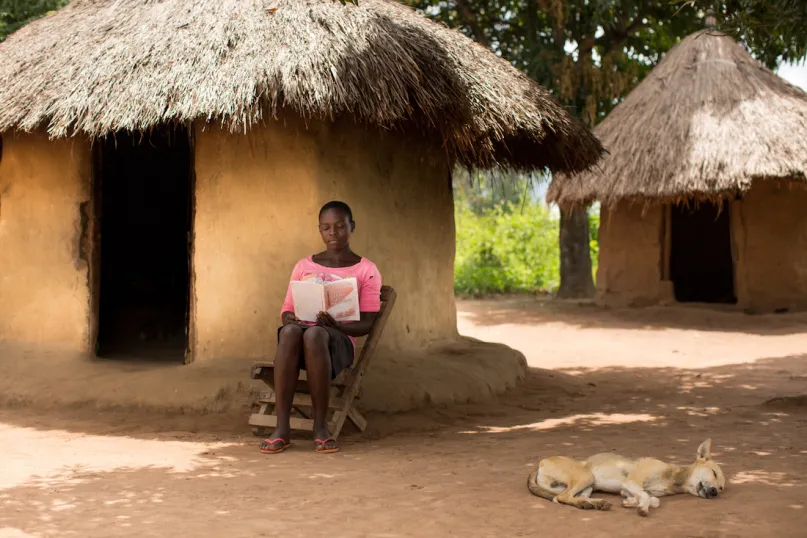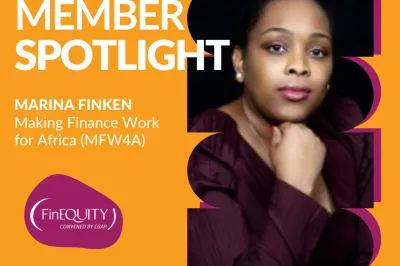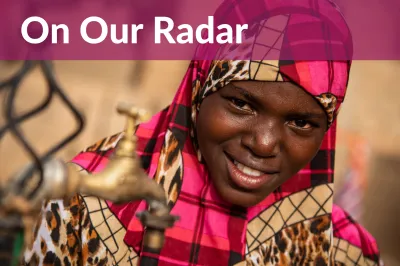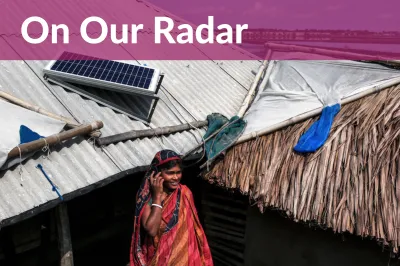Meeting the Needs of Unbanked Women in the Digital Era

As most people know, women are disproportionately excluded from the formal financial system. While the global gap in account ownership is narrowing according to the Findex Database, it currently stands at 6% - meaning that approximately 740 million women are without financial services. As such, they do not have access to funds for predictable life events, much less for emergencies.
For decades, efforts to reach these unbanked women focused on grouping them together and offering them micro loans guaranteed by each other. This model was an incredible innovation and one that revolutionized the concept of collateral, as well as who can and should access financial products and services. It allowed financial service providers to reach last mile women at a lower cost and risk, which was great for them! But what about the women clients themselves? Did they benefit from these loans? The evidence to date is mixed at best.
The women’s savings evolution
Thankfully, the industry has evolved. For one, there is a much greater emphasis on saving. And rightly so given that research shows women are inherent savers. There has been a proliferation of savings groups, whereby a group of about 20, mostly women, come together at the village level, pool their savings, lend them out on a rotating basis, and pay out the dividends at the end of the year. They have many benefits, including that loans are relatively low interest, profits remain hyperlocal, and members provide each other with critical social and emotional support. However, there remains enormous potential to shift away from the one-size fits-all financial product and reach these unbanked women with something tailored to their unique circumstances and priorities.
Why is this important? If we have learned anything from the data, it is that women, like most groups, are not uniform. Rather, they have individual financial needs and wants. Some may want to buy livestock or pay school fees, while others may need to prioritize home improvement projects or medical bills. A few may be in positions to expand or start businesses. In each instance, women require different amounts of money at different times.
How can we offer this level of customization without breaking the bank (pun intended!)? This is where digital enters the picture. Mobile banking is now widely available, especially throughout East Africa. Banks can reach clients more affordably and therefore offer individual accounts to market segments previously considered prohibitively expensive. Clients can access accounts on their phones, cash in/cash out with neighborhood bank agents, and keep their money safe and secure long term.
Reaching last mile women with mobile money
The question then becomes why do all unbanked last mile women not use mobile money? WomenSave hypothesized that it was because they lack the tools, skills, and confidence needed. And we designed a pilot project to test our theory. The idea was relatively simple. Employ a team of local women with business degrees and skills (Savings Officers) to provide the human touch necessary to onboard unbanked women to the digital economy. Offer financial literacy training, individual financial advising, personalized soft commitment savings plans, deposit reminders, and sustainable peer group support. And, ultimately, empower clients to use digital financial services to meet financial goals and prepare for economic shocks on their own terms and conditions.
After three years of operations, WomenSave has research to show our theory largely plays out as predicted. Across our pilot project cohort of 514 women living on US$2 a day in western Uganda:
- 100% have received financial training and advice.
- 100% have created savings plans and emergency funds.
- 96% have opened mobile money accounts.
- 81% have used their mobile money accounts weekly to make deposits.
- 100% have met two or more financial goals.
- 90% have saved $15 or more for emergencies.
- 100% have met at least one economic empowerment indicator.
- 96% have gained financial confidence.
- 93% have gained financial freedom.
- 98% have gained financial security.
Digitization and financial technology have made individual banking possible even for last mile women. Now it is time to connect and empower them to use these products and services to meet their financial goals - with agency, dignity, and pride. It is also time for banks to believe in the viability of this market segment, which, with a light human touch, can meaningfully join the digital economy and realize economic empowerment outcomes.
The 2023 WomenSave Impact Evaluation referenced in this blog offers additional information on these findings.


